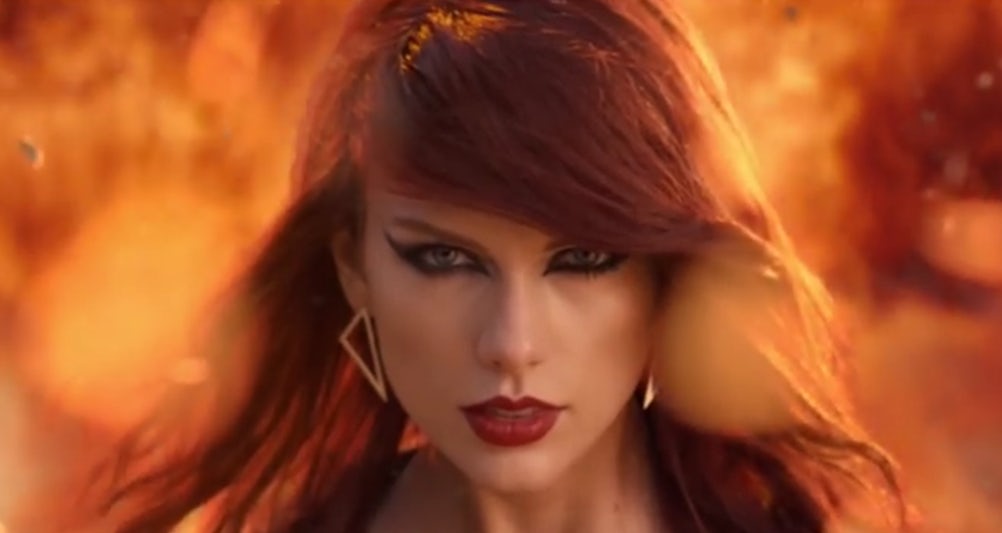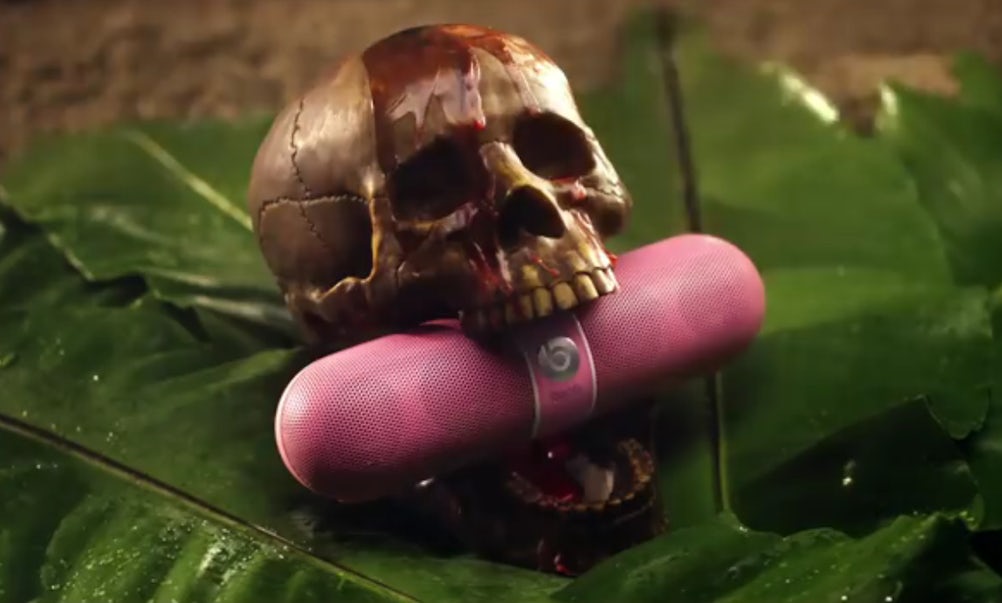Why brands need to include music videos in their marketing mix
With shoppable music videos a reality and product placement from brands such as Beats By Dre now prominent in just about every music video going, the pop video is fast becoming a lucrative platform for brands.

Take a browse through YouTube for music videos and it won’t take long for a Beats By Dre branded set of headphones or speakers to pop up – usually as a backdrop to provocative pop stars such as Miley Cyrus and Nicki Minaj twerking.
But while the Apple owned music brand has been well publicised for its aggressive product placement strategy, music videos are fast becoming the go to place for any brand looking to engage with a younger audience.
Kenyatte Nelson, marketing director at Very.co.uk, knows this all too well.
Having recently launched a shoppable music video featuring pop group Rizzle Kicks and 1990s hip hop legend DJ Jazzy Jeff, the online fashion brand is now convinced music videos are a credible alternative to traditional advertising spend.
“We know that our target customer over indexes on YouTube in order to watch music videos so taking fashion to that space is a no brainer and a big win for us,” he told Marketing week.
“Music is a universal language and allows us to approach our customers in a less commercial and a more engaging way. There aren’t many brands truly investing in this space, but they will – it will become the future of marketing.”
Leveraging ad spend from TV
Vevo is one of the key players in the music video space with the premium service, which is a joint venture between Universal Music Group (UMG), Google, Sony Music Entertainment and Abu Dhabi Media, now the go-to-place for artists such as Taylor Swift looking to break their latest videos. Vevo generates 500 million monthly views in the UK and 11 billion globally.

Speaking to Marketing Week, its UK sales director James Cornish says there is already evidence of Vevo taking significant ad spend away from television.
“We’re into the third year of our advertising partnership with Toyota so it’s clear music videos are successfully leveraging money away from television,” he says.
Cornish says solutions such as MirriAd, a Universal-backed native advertising platform which can seamlessly integrate brand messaging into music videos, are also making product placement easier than before.
“We worked with MirriAd on the Minions movie with Universal and used it by inserting billboards and Minions branding natively into music videos where relevant,” he explains.
Nelson, meanwhile, says product placement will only become more creative. He adds: “In the US there is a show called Scandal and the main character Olivia Pope always wears a beautiful coat, it could be a Burberry or a Calvin Klein. It is a running joke that this thing sells out the next day and the viewers are watching just as much for the outfit as the storyline.
“We cannot ignore these trends and as marketers we cannot underestimate the power of music and pop culture.”
Reaching younger audiences
Engaging with younger audiences can be tricky but “there is no better platform than music videos” to do this according to Mark Mulligan, a music analyst for Midia Research.
By 2017, video will account for 69% of all consumer internet traffic, according to Cisco. And Mulligan says music has been a key beneficiary of this shift.
“Online video as a whole is taking off so much and music has certainly benefitted from that,” he says. “But what’s key to brands getting into music videos is longevity. If you advertise on television, it’s time sensitive. However if a brand places an advert or product placement within a music video, it will still be seen two years from now and still in big numbers. People will be watching the Beats Pill in Nicki Minaj’s Anaconda video 5 years from now and probably still buying one as a result.”

However, with YouTube fast evolving into a loop medium, where another video will automatically play once the current one ends, he says there are “issues” with the platform.
“YouTube is turning into a loop medium, so whereas before people would lean forward to watch music videos, they are now leaning back and letting it stream much like a Spotify,” he explains. “Subscription models and the monetisation of music videos will be key to maintaining engagement levels.”
Vevo’s Cornish admits that “not any artist or brand” will work for music video product placement and advises marketers to ensure that there’s a clear link.
He insists the format, however, is here to stay. “Music videos are already an amazing advertising platform and there isn’t another form of content that drives the same amount of eyeballs in a day,” he explains.
“Taylor Swift is breaking our 24 hour viewing figure with every single video and you’d be silly not to want to be associated with something like that. Advertising within a music video is a bigger opportunity than The X Factor – you’re being exposed to the biggest and hippest audience possible and not to a fixed schedule.”
Very.co.uk’s Nelson concludes: “If I’m Universal, our partner with Rizzle Kicks, launching a new artist is expensive and albums do not sell like the old days. I think you can offset those costs by using partner brands to show up in overt or not so overt ways in a music video.
“There will come a day soon where every single item seen in a music video is clickable and purchasable. This is the future.”






